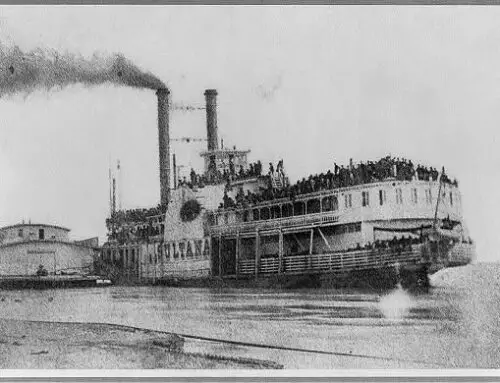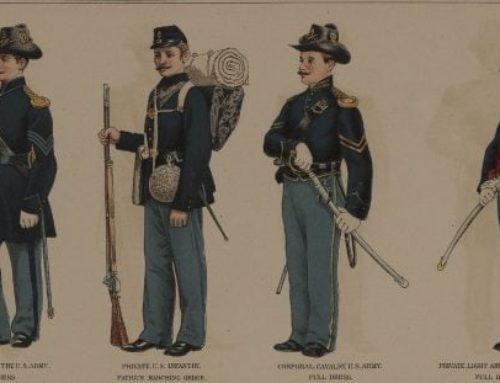The USS Monitor, a 987 – ton armored turret gunship was built in New York in 1862.
The Union leadership had the insight to proclaim a bill that would adequately finance the building of the ships of war that would serve proudly in the fight against the Confederate states.
She would be the prototype for more of the new ironclad warships developed by the Union in response to the mechanized force of the Confederacy.
The “monitors”, for both sides, would meet in a climatic clash heard around the world. Commissioned on February 25, 1862, she would soon be underway to her first mission, the epic battle against The Virginia of the Confederacy.
The Confederates answer to the Unions Monitor was The Virginia. This first class iron clad vessel with her gallant fearless crew, had just left the scene of the destruction she was capable of.
The two ships that were destroyed by the Virginia were Union war ships out of New York. This made The Virginia a “marked” ship by the Union who wanted her sunk to the bottom of the ocean, immediately.
The battle, although the first between two ironclad vessels, ended in a pseudo-draw, the affect that the battle had on the outcome of the war was undeniable.
By skirmishing with The Virginia at Hampton Roads, The Monitor prevented her adversary from stopping the blockading action of the Federals at the port. By not allowing the Virginia to open the blockade, the route for the Confederacy now had to go around the port. a big body blow to the war effort of the South.
Following this historically relevant action in the sea, The Monitor stayed in the Hampton Roads vicinity and in 1862 was actively engaged along the James River in water support for the army’s Peninsular Campaign. Later that same year, The Monitor was ordered to North Carolina and it was here that she would meet her untimely demise.
A fierce storm swept through the Cape Hatteras Peninsular and sank The Monitor. The end of the road for such a noble vessel. The remaining monitors of the Union force would all play pivotal roles for the Union cause.
The role of the ironclad vessels during The Civil War was highly beneficial. Not only for the million of dollars of damage each side inflicted on each other’s merchant trade, but for the attention taken away by having a ship watch for the ironclads. A win win for both sides when this phenomena occurred. Towards the end of the war, the celebrated ships were more circus acts than actual naval vessels. People would line up to catch a glimpse of the ironclad monstrosities.































